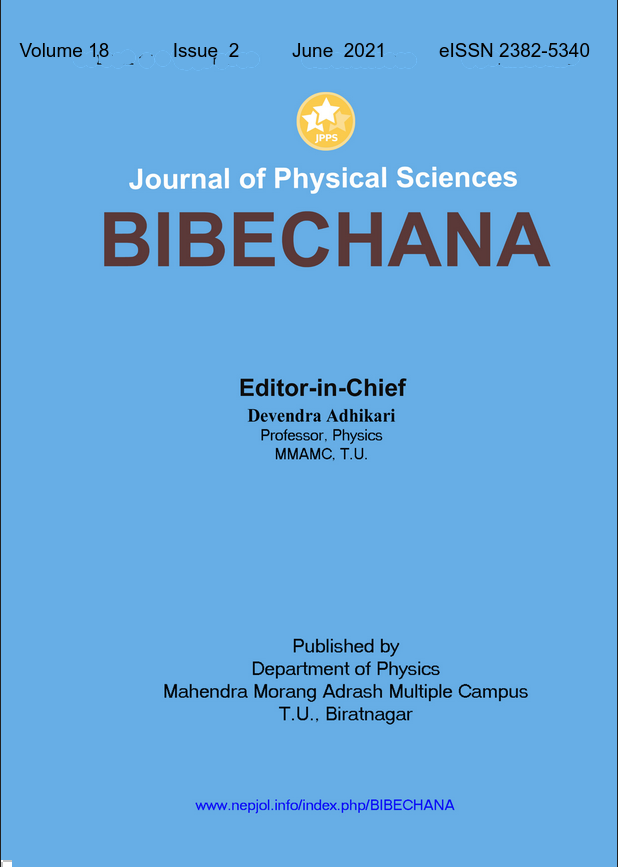Effects of lightning as a disaster in Himalayan region
DOI:
https://doi.org/10.3126/bibechana.v18i2.29168Keywords:
Disaster in Himalayan region, Lightning as a major disaster, Awareness program, Lightning hazard, Potentially hazard areasAbstract
In Nepal, the main disasters are floods, lightning, fire, epidemics, and landslides. Among the several disasters in the Himalayan region, lightning is an important one. Because of the short distance (about 160 km) between the low land and peak Mount Everest from South to North, there is a variation of about 950C temperature in these regions. The topographical features of the southern slopes and variation of temperature within this short distance influences the features of lightning and in this scenario, we get the positive cloud to ground lightning frequently which is more dangerous for human beings, animals, and property. In the Himalayan region, thunderstorms occur near the mountains due to which more positive charge can easily transfer from cloud to ground. Hence positive lightning occurs in the Himalayan region. The majority of the lightning-affected people are unaware of lightning safety and they should know the measures to protect life and property from lightning hazards. Hence by conducting awareness programs for the people of potential hazard areas, the number of injured people can be reduced as well as electrical, medical, military equipment can be somewhat protected from lightning.
BIBECHANA 18 (2) (2021) 116-128
Downloads
Downloads
Published
How to Cite
Issue
Section
License
This license enables reusers to distribute, remix, adapt, and build upon the material in any medium or format for noncommercial purposes only, and only so long as attribution is given to the creator.




